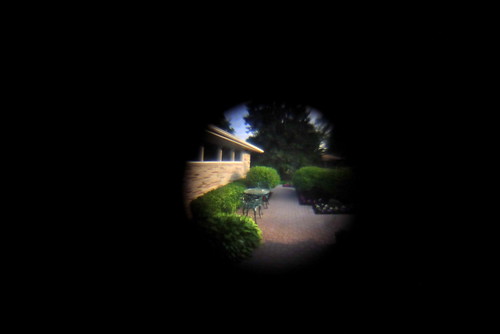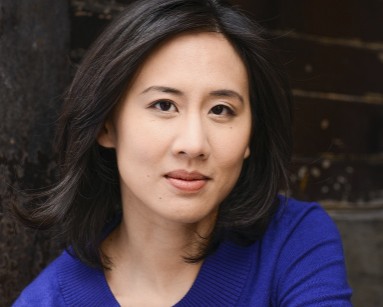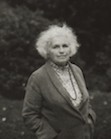When I was in high school, I took a playwriting class, and we’d sit there–all of us sixteen, seventeen, eighteen–reading our work aloud around the table. Our teacher, who was about thirty, would give us pointers: that speech is clunky; this character hasn’t said anything for ten minutes. But sometimes he wouldn’t say a word: he would look at us, hold his palm in front of his face for a moment, then let it drop to the table, as if he were offering us an invisible treat.
We didn’t really understand this Zen gesture at the time, but I can translate it now: it meant we were too close to the subject we were writing about. When something is right in front of your face—be it your palm or how your boyfriend broke up with you last week—it’s too close to really see. It’s nothing but a shadowy blur. Only when there’s some distance between you and it can you see it in a useful way.
The same is true in stories. Sometimes, in the quest for immediacy, we put our characters too close to the events they’re experiencing. And their lack of perspective can make the reader lose perspective as well.
So here’s the exercise: Write in the voice of your character 30 years later, describing the events of the story that is being told in the present. How does the character feel about these events now? How important was this day in the context of his/her life?
What you come up with may end up as the seed for your story to grow in a new point of view, as a moment of flash-forward for your character, or an Alice Munro-eque ending that leaps decades to join the character well in the future. But even if what you write never makes it into the story at all, looking back at the story—through the wrong end of the telescope, as it were—will offer you insight into the character and new perspective on the events you’re trying to tell.
- Missed some of our Get Writing exercises? Check out the whole set in our archives.






